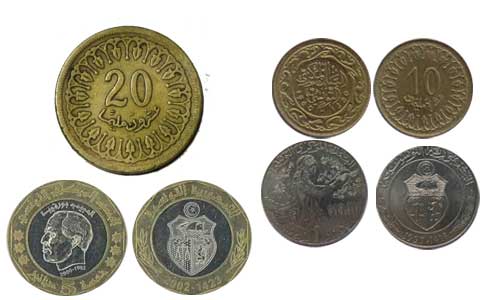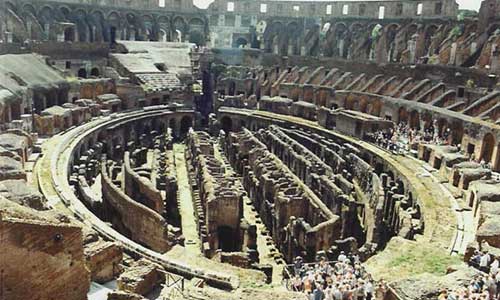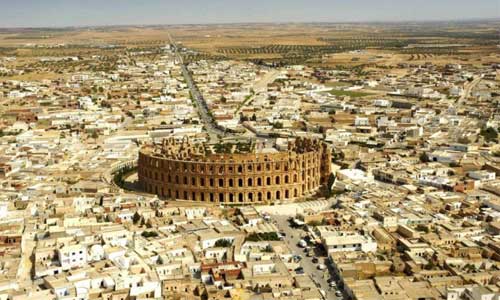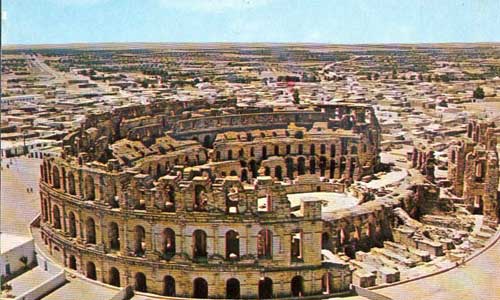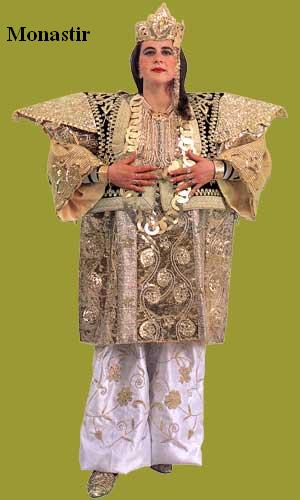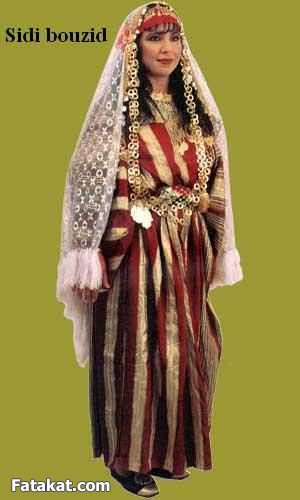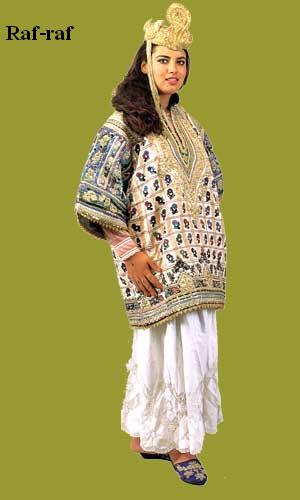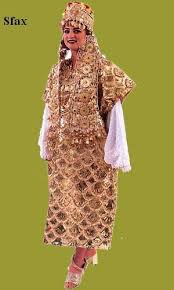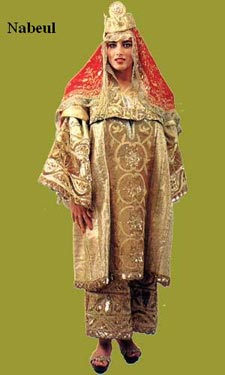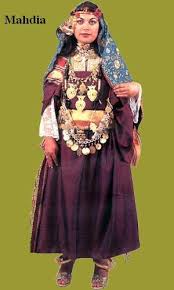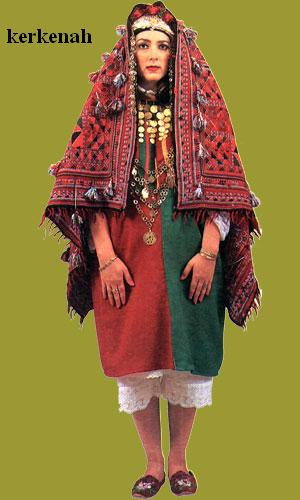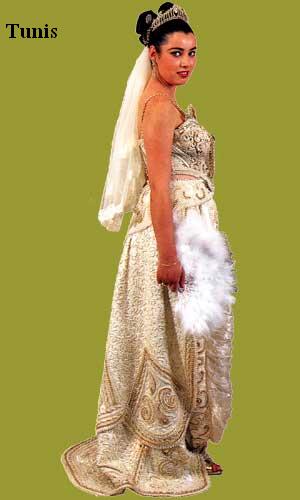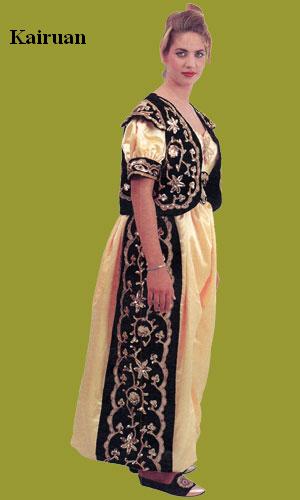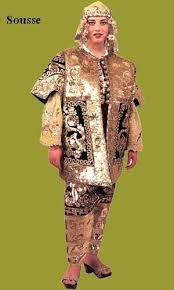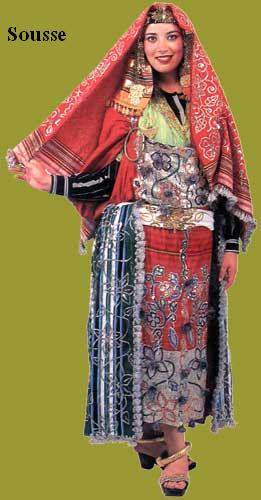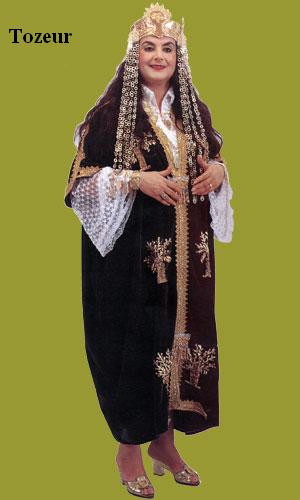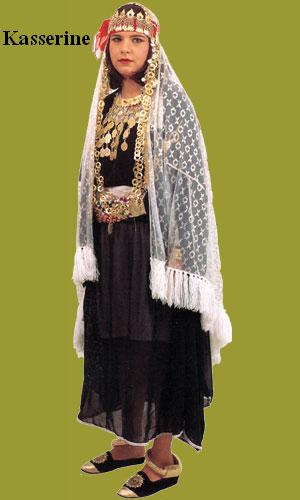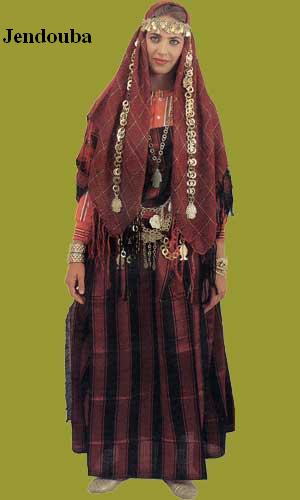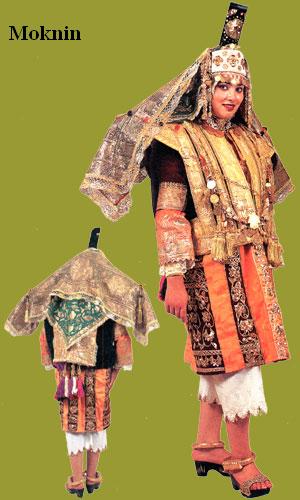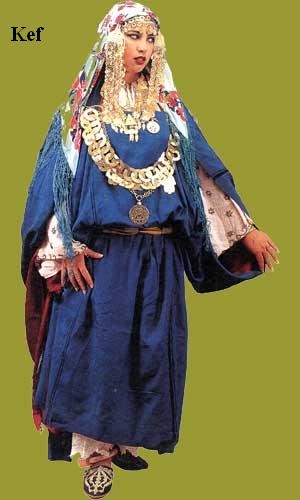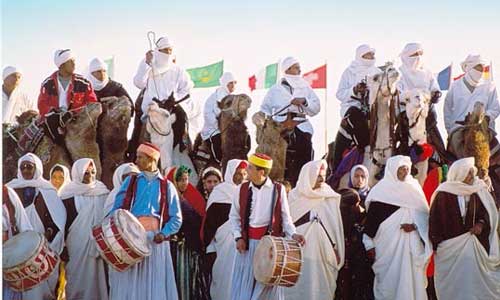The red and white flag of Tunisia, adopted as national flag in 1959, has as its origins the naval ensign of the Kingdom of Tunis adopted in 1831 by Al-Husayn II ibn Mahmud. The star and crescent recalls the Ottoman flag and is therefore an indication of Tunisia's history as a part of the Ottoman Empire. The current official design dates to 1999.
Posts about Tunisia
Page development is in process. If you are a citizen of this country and would like to help develop the Country Page to show your national pride, please refer to the instructions identified in the Country Page guidelines posted here.
Tunisia is a North African country which belongs to the Maghreb. It is bordered on the North and the East by the Mediterranean. Its western border opens on Algeria (965 km) and its South-eastern border on Libya (459 km). Its name is derived from that of its capital, Tunis, located in the north of the country.
Geography
Tunisia covers 163 610 km², which makes of it the smallest country of the Maghreb. It has a relief relatively contrasting according to the areas and a significant maritime front (1 298 kilometres) mainly directed towards the east
Climate
The climate of Tunisia is influenced by the Mediterranean and Saharan climate: it is in fact divided into 7 bioclimatic areas favourable for a great diversity of husbandries, the great difference between the north and the rest of the country is due to the Tunisian dorsal which separates the areas influenced by the Mediterranean climate from those influenced by the arid climate engendered by the Sahara
Languages
Tunisia is the most homogeneous country in the Maghreb on the linguistic level. The languages spoken in Tunisia are Tunisian (Semitic mother tongue derived from written Arabic and has no official status) and the written Arabic (official language taught from the nursery school). The chelha is spoken by less than 1 % of the population, mainly in the semi-Berber villages of the south
Education
Basic education is free and obligatory for all the children until the age of 16. The rate of illiteracy is 22,9 % in 2004 and the rate of schooling of the 6 year old children, for both boys and girls, is 99 %.
Tourism
The importance of tourism as a critical component of the Tunisian economy directly correlates to the growth of this sector and its overall ranking as a government strategic goal. This option has been realized since 7 November 1987 through impressive achievements, on quantitative and qualitative levels.
Best Tourism Destinations :
Sahara , Tabarka , Mahdia , Yasmine hammamet ,Sousse.
Currency:
The Tunisian Revolution:
Also known as the Jasmine Revolution,[9] was an intensive campaign of civil resistance that was precipitated by high unemployment, food inflation,corruption,[62] a lack of freedom of speech and other political freedoms[63] and poor living conditions. including a series of street demonstrations taking place in Tunisia The events began on 18 December 2010 and led to the ousting of longtime President Zine El Abidine Ben Ali in January 2011. It eventually led to a thorough democratization of the country and to free and democratic elections.
The protests inspired the Arab Spring, a wave of similar actions throughout the Arab world.
https://www.youtube.com/watch?v=dEAUjNqvik4
Independence Day
Tunisia achieved independence from France in 1956 led by Habib Bourguiba, who later became the first Tunisian President.[47] The secular Constitutional Democratic Rally (RCD), formerly Neo Destour, controlled the country as one of the most repressive regimes in the Arab World from its independence in 1956 until the Tunisian revolution in 2011.[48]
Tunisian Culture
The history of Tunisia reveals this rich past where different successive Mediterranean cultures had a strong presence. After the Carthaginian Republic, the Roman Empire came and left a lasting effect on the land with various monuments and cities such the El-Jem Amphitheater and the archaeological site of the ancient city of Carthage, which is classified as a world heritage site. El Jem is just one ofseven world heritage sites found in Tunisia.
Jasmine
Imported by the Andalusians in the sixteenth century, jasmine has become the national flower of Tunisia.[8] The gathering takes place at dawn and then, upon nightfall, when young boys collect small bouquets, and later sell them to passersby on the street or to motorists stopped at intersections Furthermore, jasmine is the subject of a specific sign language. A man who wears jasmine on his left ear indicates that he is single and in addition, offering white jasmine is seen as a proof of love while on the contrary, offering odorless winter jasmine is a sign of insolence
Religion
The Tunisian Constitution provides freedom of thoughts and beliefs, as well as the free exercise of religion, as long as it does not affect public order.
Islam is the main official religion of Tunisia with a rate of around 99% of the population
Religious Beliefs.
As Muslims, Tunisians accept the oneness of God and the power of his word as expressed in the Koran. For many purposes, people refer to the texts of the Koran and of certain related texts such as the Hadith (authentic traditions). The Shari'ah, or Islamic law, is central to people's understanding of what is proper..
The religious calendar provides the main occasions for the expression of these beliefs. The five daily prayers, the weekly cycle organized around the Friday midday prayer, and the yearly festivals structure time. The annual cycle includes the fasting month of Ramadan.
El Ghriba synagogue in Djerbais an important site for Jewish pilgrimage.
Cathedral of St. Vincent de Paul, Tunis
Mosque of Uqba in Kairouan,Tunisia
History of Tunisia
- The Barbary coast: 16th - 20th century
- Tunisia as a French Protectorate: 1881-1934
- Habib Bourguiba: 1934-1957
- Independence: from 1956
Clothes
Les habits traditionnelles :
Khomsa
The Hamsa (Arabic: خمسة khamsah, Hebrew: חַמְסָה, also romanized khamsa, meaning lit. "five") is a palm-shaped amulet popular throughout the Middle East and North Africa, and commonly used in jewellery and wall hangings.[1][2] Depicting the open right hand, an image recognized and used as a sign of protection in many societies throughout history, the hamsa is believed to provide defense against the evil eye.
Support for the art : The government and some wealthy benefactors support the arts. One way of doing so is through national and local festivals devoted to one form or another of music, poetry, or folklore. These festivals include competitions, with prizes for the winner.
Literature. Tunisia has produced some fine writers, more in Arabic than in French.
Graphic Arts. Paintings, mosaics, and murals by Tunisian artists are commonly seen.
Performance Arts. Music plays a major role in everyday life in Tunisia, and many people are amateur musicians who perform in a circle of friends and neighbors. Professional performers appear in restaurants and nightclubs as well as in festivals.
Tunisian drama is especially known for experimental theater, as well as for classical plays. Tunisian filmmakers have established a collective reputation for solid films, many of which deal with a coming-of-age in the recent historical past, so they are both psychological dramas and re-creations of the national narrative.
Food
Tunisian cuisine, the cuisine of Tunisia, is a blend of Mediterranean and desert dwellers' culinary traditions. Its distinctive spicy fieriness comes from the many civilizations which have ruled the land now known as Tunisia: Romans, Arabs, Turkish, French, and the native Punics-Berber people.
Olive Trees
Conditions and climate of Tunisia, the olive tree covers an entire agricultural land of 1.7 million hectares representing nearly 79% of the total tree area and 34% of arable land.
Weddings
Music
Malouf
Malouf is played by small orchestras, consisting of violins, drums, sitars and flutes. Modern malouf has some elements of Berber music in the rhythms, but is seen as a successor to the cultural heights reached by Muslim Andalusia. Malouf has been called "an emblem of (Tunisian) national identity"
Mezwed
Purely Tunisian music with pop Tunisian touch. Most popular mezwed singers are Heddi Habbouba, Habib el Khal,Samir Loussif, Hedi Donia,Faouzi Ben Gamra, Zina Gasriniya, Fatma Bousseha,Nour Chiba.





